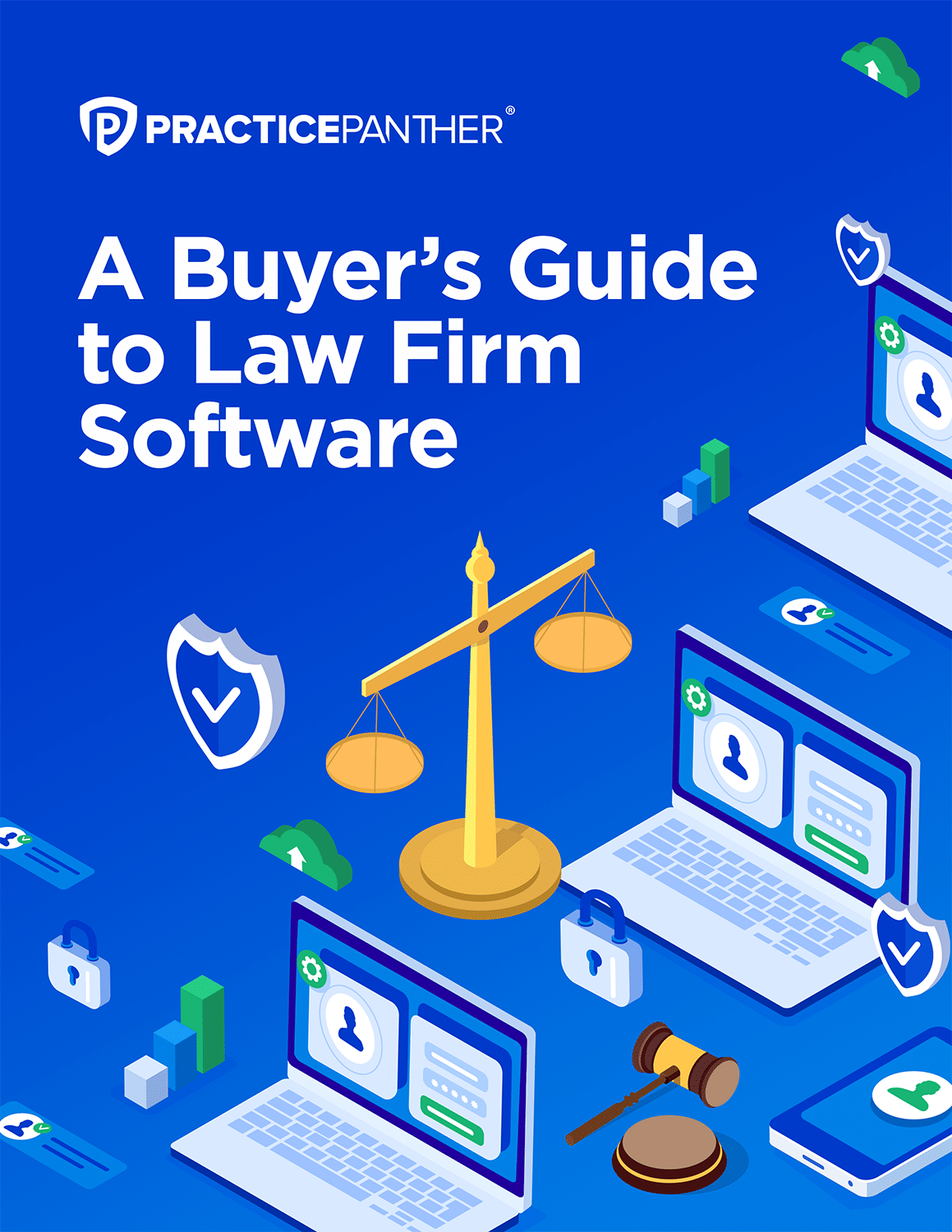Documents are a big part of law firm operations and knowing how to properly prepare and format legal documents is an essential skill. In a single case, a lawyer and their support team may create a mountain of documents, ranging from court filings to briefs to affidavits.
All of this documentation needs to be perfect to be valid, and because they’re so time-consuming, human error is likely. On top of that, different documents have different legal formatting, making it even more challenging.
Common Legal Documents
Regardless of the area of practice, there are documents that are common in all types of law. These include:
- Briefs: Arguments as to why the filer should win the case or see a motion approved
- Affidavits: A statement made under oath claiming that a fact is true
- Instrument: A format legal document that grants rights, such as deeds and wills
- Pleadings: The initial stages of a lawsuit that includes the claims and defenses for all parties
Best Practices to Prepare and Format Legal Documents
Legal formatting has some basic elements that ensure it’s complete and polished, though the specifications and requirements can vary according to the type of document.
Paper Size
The requirements for paper size can vary by country, but the U.S. follows the American National Standards Institute (ANSI) standards. Unlike the common paper size that most people use day-to-day, which is 8.5 x 11 inches, legal paper is larger at 8.5 x 14 inches. Junior legal size is smaller at 5 x 8 inches.
Legal manuscripts are an exception and follow traditional publishing practices, which include an 8.5 x 11-inch paper with print on only one side.
Font
The font may be overlooked, but it’s important for legal documents. The type of font communicates the tone of the document and the image of the lawyer and firm, so it’s vital that law firms take this into account.
Courts may also have a say in what fonts can be used for legal documents to be accepted. Different courts use different fonts as well, so it’s not a simple “catchall” font for all court documentation. Local, circuit, and state supreme courts may have different expectations.
It’s important for law firms to research the court-approved fonts and find the commonality. If there aren’t any common fonts, law firms can choose the font that’s approved by the most-frequented courts.
Spacing and Margins
Spacing and margins are crucial to legal documents. These are intended to make documents more readable.
For example, poor spacing makes it more challenging for readers to process the information on the page. Legal documents already have a lot of legalese, so poor spacing can make it even more complicated.
Most word-processing programs have automatic formatting for margins and spacing, but law firms can also set the margins manually. Ideally, the top margin should be two inches and the bottom margin should be one inch. Most legal documentation uses 1.5 or double spacing.
Printing and Binding
Some legal documents will be drafted into a booklet, which isn’t a simple printing process. The Supreme Court is particular about how booklets are prepared and whether they’re valid, including such granular details as the cover color for specific types of documents.
There are numerous other formatting guidelines, including the font, quotes, the text field, and the binding, according to Rule 33.1.
How to Draft Legal Documents
As mentioned, legal documents contain a lot of legalese that can be complicated to read, especially for laypeople. Legal documents not only need to adhere to requirements and standards, but they need to be easy to read.
Organization
The foundation of the document should include:
- The audience
- The purpose of the document
- The necessary facts, statements, and details
- The exact style and vernacular
- The additional authors and their responsibilities
- The resources for technical details
Clear and Concise Language
Sentences in legal documents should be short and concise. All technical terminology should be defined at the start to reduce confusion. If a simpler word will suffice, that should be chosen over more complex or industry-specific language.
Proper Grammar
Grammar matters for any type of writing, but it’s especially important for legal writing. Ambiguity is undesirable in a legal case, where it can have a bearing on the outcome. It’s vital that lawyers and support staff are diligent about checking grammar, punctuation, and spelling.
Accuracy
Like grammar, accuracy is vital to legal documentation. All information contained within should be accurate, detailed, and verified by an expert or industry professional. Any inaccuracies or ambiguities can create doubt about the document’s validity.
Comprehensiveness
Legal documents should contain all the vital information. While keeping them concise is important, it’s important that no pertinent information is omitted.
Imperatives
Imperatives define legal obligation, so they’re important for legal documentation. Common imperatives may include must, will, shall, and should. These define the meaning and should be clear.
The Benefits of Legal Templates
All legal documents have different requirements and formats, which is why templates can be so beneficial to law firms. Lawyers and support staff have a lot to juggle in the day-to-day operations of the firm, and documentation accounts for a large portion of that.
Streamlining legal documentation not only makes documentation more efficient, but it reduces human error. Every staff member uses the same formatting, creating consistency across documents and ensuring they’re pristine.
Documentation automation can help with templates and provides consistency across all documents. Instead of looking up formatting rules repeatedly, lawyers and support staff can streamline the process by using a standardized template that has all the necessary information.
Law practice management (LPM), like PracticePanther, offers plenty of tools to help with legal templates and documentation, such as custom template options, document management, and eSignature solutions. PracticePanther’s built-in solutions law firms o automate legal document templates to save time, ensure consistency, and reduce human error.
Prepare and Format Legal Documents with These Tips
Legal documentation may be the bane of a lawyer’s existence, but it’s a necessary aspect of the industry. When law firms have a lot of cases, however, legal documentation can take up unnecessary – and unavailable – time. Legal formatting can remove some of the burdens and streamline the law firm’s processes for more accuracy and efficiency.




